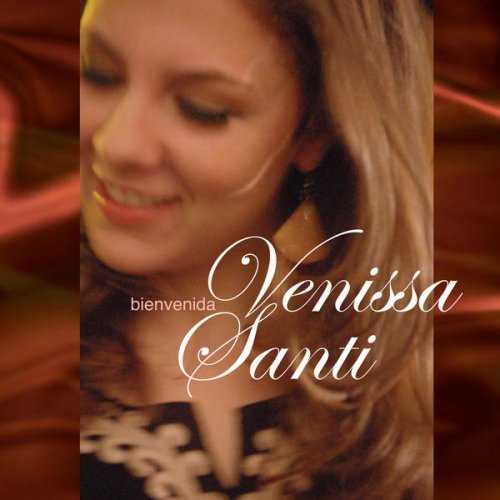Maria Luisa Baldassari - Antico: Frottole Intabulate da sonare organi (Rome, 1517) (2017) [Hi-Res]

Artist: Maria Luisa Baldassari
Title: Antico: Frottole Intabulate da sonare organi (Rome, 1517)
Year Of Release: 2017
Label: Tactus
Genre: Classical
Quality: FLAC (tracks, booklet) [44.1kHz/24bit]
Total Time: 55:51
Total Size: 612 / 332 MB
WebSite: Album Preview
Tracklist:Title: Antico: Frottole Intabulate da sonare organi (Rome, 1517)
Year Of Release: 2017
Label: Tactus
Genre: Classical
Quality: FLAC (tracks, booklet) [44.1kHz/24bit]
Total Time: 55:51
Total Size: 612 / 332 MB
WebSite: Album Preview
01. Che farala che dirala
02. Occhi miei lassi
03. Non più morte al mio morire
04. Per dolor mi bagno el viso
05. Chi non crede che al mondo el sol nutrisca [Performed on Spinetta]
06. Gentil donna se in voi
07. Crudel fugge se sai
08. Non resta in questa valle [Performed on Clavisimbalum]
09. Son io quel che era quel di
10. Fiamma amorosa e bella
11. Dolce ire dolce sdegni
12. Amor quando fioriva mia speme
13. Hor che'l ciel e la terra
14. Che debbio fare
15. Non resta in questa valle [Performed on Clavichord]
16. Chi non crede che al mondo el sol nutrisca [Performed on Clavichord]
17. La non vol esser più mia
18. Si è debile el filo
19. Per mio ben te vederei
20. O che aiuto o che conforto
21. O che dirala mo
22. Stavasi amor dormendo sotto faggio
23. Odi cielo el mio lamento
24. Me lasserá tu mo
25. Frena donna i toi bei lumi
26. Virgine bella che del sol vestita
27. Cantai mentre nel core
28. Animoso mio desire
29. Hor che'l ciel et la terra
One of the earliest music printers in the Renaissance era, Andrea Antico (ca. 1470-1540) held exclusive rights to publish in the Papal States, and his editions of sacred and secular music set him in competition with his Venetian counterpart, the famous publisher Ottaviano Petrucci. This 2017 release on Tactus presents 29 pieces that were printed in keyboard tablature by Antico in 1517 as the first book of Frottole Intabulate per sonare organi. The 15th century frottola was a generic form that developed into the madrigal, and was typically sung by three to four voices, though these performances by Maria Luisa Baldassari on spinet, clavichord, harpsichord, and organ show the adaptability of the form and the flexibility of Renaissance practices. Composers of frottolas, including Bartolomeo Tromboncino, who is well represented in this program, tended to avoid complex counterpoint and favored single-line melodies with simple chordal accompaniment, anticipating the Baroque aria. Baldassari has edited this collection and her program offers a variety of lively dances, such as the opening Che farala che dirala, and Dolce ire dolce sdegni, yet some of the pieces show melancholy and poignant aspects, as in Per dolor mi bagno el viso, Gentil donna se in voi, and Amor quando fioriva mia speme. The choice of instrument also determines the character of the music, so Baldassari's performances on a period organ may seem more cerebral and austere than they do on the intimate harpsichord. However, the changing moods and instrumentation keep the music fresh and intriguing, and Baldassari brings spirit and clarity to her performances.




![Zamballarana - Sirena (2025) [Hi-Res] Zamballarana - Sirena (2025) [Hi-Res]](https://www.dibpic.com/uploads/posts/2025-12/1765620486_bhmusoyvnhizd_600.jpg)



